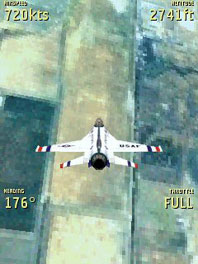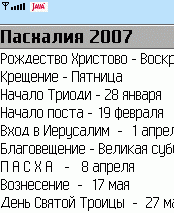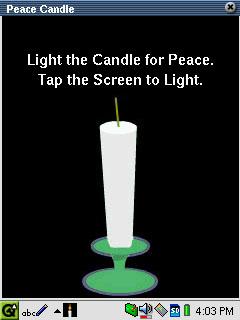Categories: System Utilities, Emulators & Shells
Recommended Apps for Java
-

Yahoo! Messenger 18 Oct 11
-

Assassin's Creed III 3 Feb 17
-

Angry Birds Seasons Free 31 Jan 13
-

Skype Lite (Nokia) 9 Mar 11
-

Freeflight 3D Flight Simulator 27 Oct 09
-

Paschal J2ME 13 Feb 07
-

Peace Candle 10 Jun 11
-

Art Of War 2 10 Feb 17

